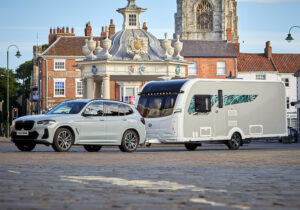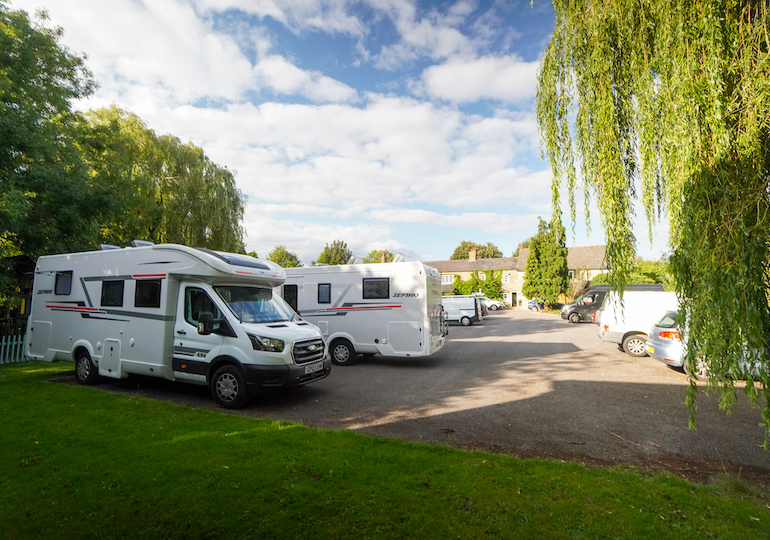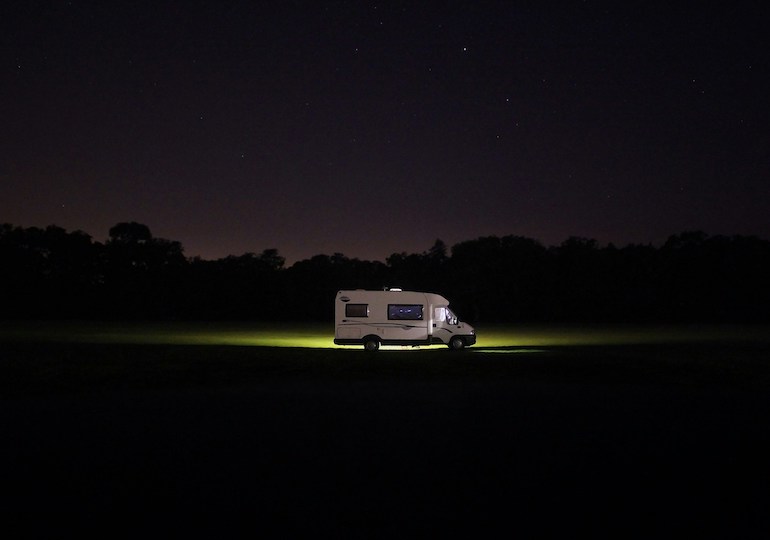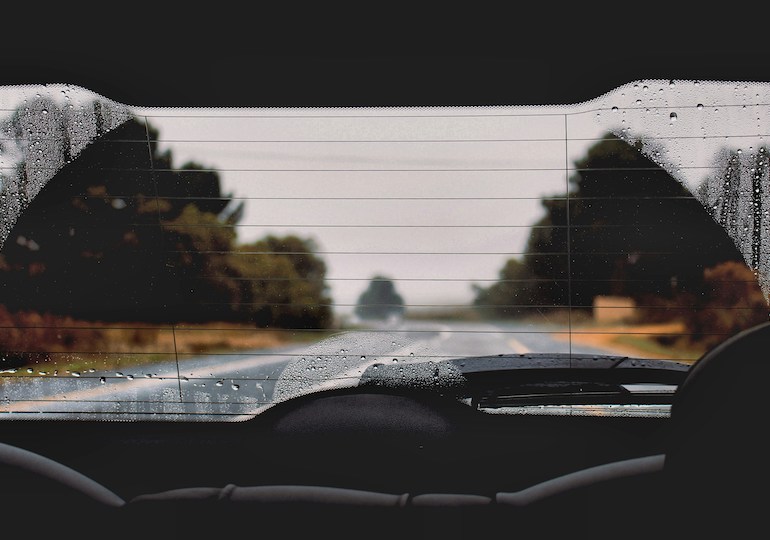The caravanning season is longer than ever. In fact, many people now choose not to put their beloved leisure vehicle into storage over winter and continue to use it year round.
This is a great strategy for getting as much use out of your caravan and return on that initial investment as possible.
If you’re one of these all-season caravanners, it’s important to be prepared for the changes in driving conditions.
As well as getting darker earlier in the evenings, autumn also brings with it fog and mist, which can make visibility difficult.
It’s important to drive safely, especially when towing, so the experts at Select Car Leasing have put together some tips for travelling in these weather conditions.
Graham Conway, managing director at the firm, said: “Misty autumn mornings can look spectacular, particularly in rural areas where the fog clings to fields and lakes.
“But mist and fog can also be treacherous for drivers, as they’re hit with a sudden decrease in visibility that makes it harder to spot obstacles ahead.
“Motorists can easily be caught out at this time of year when the weather begins to change after a relatively warm summer, so everyone should be mindful of the dangers.”
Adjust your lights
The best way to use your headlights in foggy weather is with dipped beams, as putting them on full will just result in the light being reflected back at you through the windscreen.
All towcars have rear fog lights, but not every one is fitted with them at the front. When visibility is reduced to 100 metres, make sure they’re switched on.
It can be tempting to put your fog lights on when conditions start to develop, but if it’s not actually that foggy, you could dazzle other road users.
Reduce your speed
Towing a caravan means you should be driving more slowly than usual, but when it’s foggy you want to be even more careful to ensure there’s plenty of space between you and the vehicle in front.
Drivers typically judge speed by what’s going on in their peripheral vision, with trees and buildings going by, so with a lack of visibility, there’s a higher risk of losing track of your speed.
Take care in fog-prone locations
Some locations can be more susceptible to fog and mist then others. For example, fog can often be found on elevated roads or collect in valleys, while a sea fret can make coastal destinations misty.
Less obvious places include industrial centres, where water droplets cling to pollution particles, leading to even worse visibility.
Many of these locations may have road signs warning of fog, so take notice and adjust your driving accordingly.
Enhance your other senses
When visibility is poor, it can be a particularly good idea to make use of your other senses, especially hearing when approaching a road junction.
The Highway Code recommends stopping and listening for traffic before you emerge. Turn off any music or podcasts, wind down the window and listen carefully for the sound of approaching vehicles.
Once you’ve decided it’s safe to move, do so with conviction and don’t hesitate in a position that puts you directly in the path of other vehicles.
Photo credit: Unsplash/Markus Spiske





















































